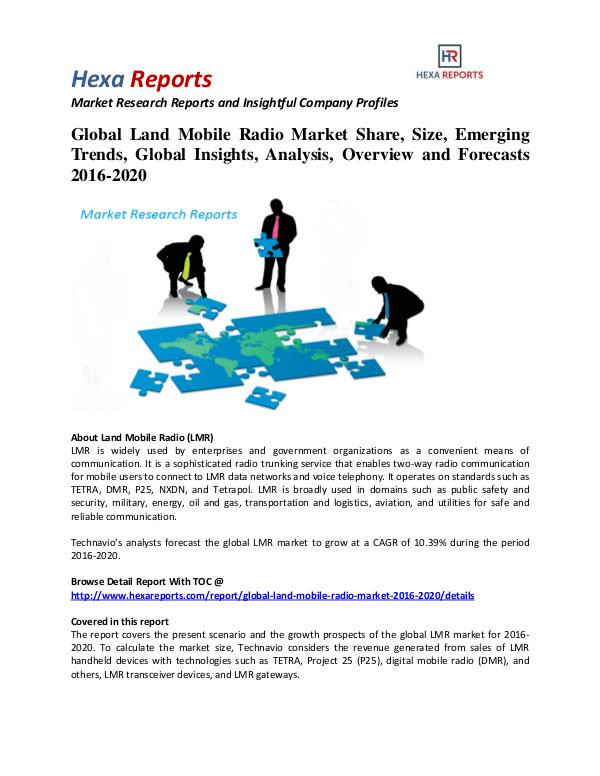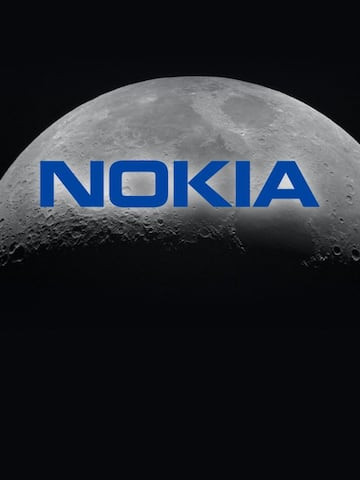A Booming Market: Land Mobile Radio on a Path to $36.38 Billion by 2028
The land mobile radio (LMR) market is poised for explosive growth in the coming years. This technology, crucial for vital communications in various sectors, is expected to reach a remarkable $36.38 billion by 2028, growing at a compound annual growth rate (CAGR) of 14.7%. This anticipated surge can be attributed to a confluence of factors, including the increasing adoption of LMR systems in critical applications and the integration of advanced technologies like 5G, IoT, and AI.
Key Drivers Fueling Market Growth
The land mobile radio market is driven by a multitude of factors, each contributing to its robust growth trajectory. Here are some of the key drivers:
Increasing Utilization in Military Applications
The military sector is a significant driver of the LMR market. Military installations worldwide rely heavily on LMR systems for critical communications, including tactical operations, data transmission, SATCOM, and emergency responses. The U.S. Department of Defense's $29 million contract with Motorola to maintain the U.S. Navy's LMR system exemplifies the essential role these networks play in national security.
The Rise of Autonomous Vehicles
Autonomous vehicles are rapidly gaining traction, and LMR systems are becoming integral to their operation. They provide secure and reliable communication for vehicle-to-vehicle (V2V) and vehicle-to-infrastructure (V2I) communication, essential for navigating complex traffic scenarios and ensuring safety.
Integration of 5G Technology
The integration of 5G technology is revolutionizing the LMR market. 5G's high bandwidth and low latency capabilities enable real-time data transmission, enhanced video streaming, and faster response times. This makes LMR systems more efficient and reliable, particularly in mission-critical applications.
The Internet of Things (IoT) and Sensor Networks
The widespread adoption of IoT devices and sensor networks is creating new opportunities for LMR systems. These systems can be used to connect and manage a vast array of devices, facilitating data collection, analysis, and control in various industries. For example, LMR systems are used in smart cities to monitor traffic flow, environmental conditions, and public safety.
Integration of Artificial Intelligence (AI) and Machine Learning
AI and machine learning are transforming the LMR market by enhancing system intelligence and automation. These technologies can be used to analyze data from LMR systems, identify patterns, and optimize network performance. AI-powered LMR systems can also automate tasks, such as routing calls and allocating resources, making them more efficient and effective.
Energy-Efficient Radios
The development of energy-efficient radios is another key driver of the LMR market. These radios consume less power, extending battery life and reducing operational costs. This is particularly important for mobile devices and remote installations.
Satellite Communication Integration
Satellite communication integration is expanding the reach of LMR systems. Satellite-based LMR systems provide reliable communication in remote areas where terrestrial networks are limited. This is crucial for industries operating in remote locations, such as mining, oil and gas, and disaster relief.
Market Segmentation: Understanding the Diverse Applications
The land mobile radio market is segmented based on various factors, providing a detailed view of its diverse applications. These segments include:
By Type
- Hand Portable: These radios are compact and portable, making them ideal for individual users in various industries.
- In-Vehicle (Mobile): These radios are typically mounted in vehicles, providing communication for drivers and passengers. They are commonly used in emergency services, transportation, and logistics.
By Technology
- Analog: Analog LMR systems use analog signals for communication. While still used in some applications, digital systems are gradually replacing them due to their enhanced features and capabilities.
- Digital: Digital LMR systems use digital signals for communication, offering improved audio quality, data transmission, and security features.
By Frequency
- 25-174 (VHF): This frequency range is commonly used for short-range communications, typically within a single building or small area.
- 200-512 (UHF): This frequency range offers longer-range communication and is used in various applications, including public safety and transportation.
- 700 MHZ and Above: This frequency range is increasingly used for LMR systems, particularly in urban areas where spectrum is scarce.
By Application
- Commercial: LMR systems are used in various commercial sectors, including transportation, logistics, utilities, and security.
- Public Safety: These systems are crucial for police, fire, and emergency medical services, enabling critical communication during emergencies.
- Mining: LMR systems are used in mining operations for communication between workers, equipment, and control centers.
- Oil and Gas: These systems are used in oil and gas exploration and production, providing reliable communication in remote and hazardous environments.
- Energy: LMR systems are used in power generation and distribution, enabling communication between workers and control centers.
- Defense: The military sector relies heavily on LMR systems for tactical operations, communication, and intelligence gathering.
- Transportation: LMR systems are used in transportation, including buses, trains, and aircraft, to enhance safety and communication.
- Construction: Construction projects often use LMR systems for communication between workers, equipment operators, and supervisors.
- Other Applications: LMR systems are used in various other applications, such as healthcare, agriculture, and education.
Competitive Landscape: Leading the Way in Land Mobile Radio
The land mobile radio market is characterized by a competitive landscape with numerous key players vying for market share. Here are some of the leading companies in the sector:
- Motorola Solutions Inc.
- Harris Corporation
- Cartel Communication Systems Inc.
- BK Technologies Inc.
- TE Connectivity Ltd.
- Sepura Ltd.
- Simoco Telecommunications Ltd.
- JVC Kenwood Corporation
- Nokia Networks B.V.
- Thales Group
- TTG Global Ltd.
- Codan Communications
- Midland Radio Corporation
- EF Johnson Technologies Inc.
- Airbus DS Communications
- L3Harris Technologies Inc.
- Tait Communications Ltd.
- Hytera Communications Corp Ltd.
- Icom Inc.
- Raytheon Company
- Relm Wireless Corporation
- Vertex Standard LMR Inc.
- Zetron Inc.
- Daniels Electronics Ltd.
- PowerTrunk Inc.
- Alinco Incorporated
- Yaesu Musen Co. Ltd.
- Axell Wireless Ltd.
- DAMM Cellular Systems A/S
- Datron World Communications Inc.
- Cassidian Communications Inc.
- E-TECH Global Services
- Schnoor Industrieelektronik
- Iconet Services
- Anritsu Corp.
- Leonardo SpA
These companies are constantly innovating and developing new products and services to meet the evolving needs of the market. They are also focusing on expanding their geographic reach and establishing strong partnerships to enhance their market position.
The Future is Bright: A Look at Growth Strategies and Opportunities
The future of the land mobile radio market looks promising, with numerous growth opportunities on the horizon. Key players are focusing on several strategies to capitalize on these opportunities:
- Investing in Research and Development: Companies are investing heavily in research and development to create innovative products and services that meet the evolving needs of the market. This includes developing new technologies, such as 5G and AI, and improving the performance and reliability of existing LMR systems.
- Expanding Geographic Reach: Companies are expanding their geographic reach to tap into new markets. This involves establishing new partnerships, setting up manufacturing facilities, and tailoring their products and services to meet the specific needs of different regions.
- Developing Strategic Partnerships: Companies are forging strategic partnerships with other businesses to enhance their market position and expand their offerings. These partnerships can involve joint ventures, technology sharing, and cross-marketing initiatives.
- Focusing on Niche Markets: Companies are also targeting specific niche markets, such as public safety, transportation, and mining, to optimize their product development and marketing efforts.
Conclusion: A Vital Technology with a Bright Future
The land mobile radio market is a vital technology with a bright future. The increasing utilization of LMR systems in critical applications, coupled with the integration of advanced technologies, is driving significant growth. Companies in the sector are well-positioned to capitalize on these opportunities by investing in research and development, expanding their geographic reach, and developing strategic partnerships. As the market continues to evolve, LMR systems will play an increasingly important role in enabling secure and reliable communication in various industries and ensuring the safety and efficiency of critical operations.

















